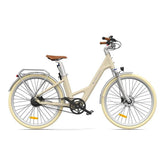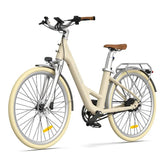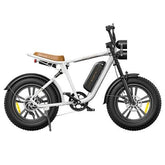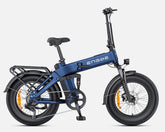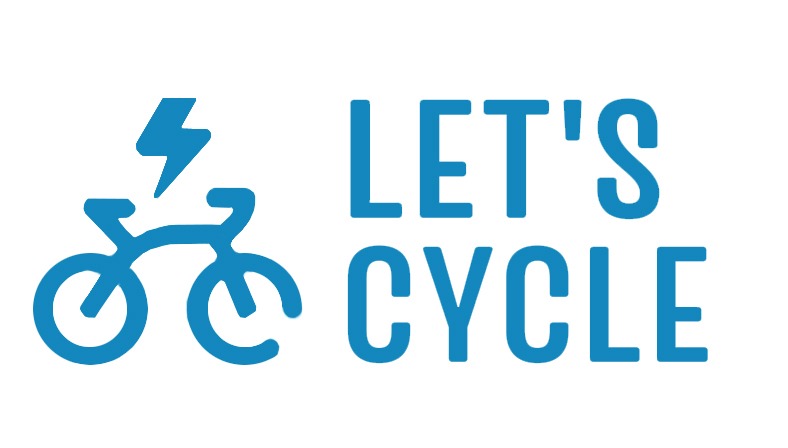A Comprehensive Guide to Electric Bike Regulations: Licensing, Tax, and Insurance
Electric bikes, or ‘electrically assisted pedal cycles’ (EAPCs), are becoming increasingly popular for their convenience and eco-friendly benefits. If you're 14 or older, you can enjoy the ride without needing a license, registration, tax, or insurance—provided your bike meets specific criteria. This guide breaks down everything you need to know about electric bike regulations, including licensing, tax, and insurance, to help you stay informed and compliant.

What Defines an EAPC?
To be classified as an EAPC, your electric bike must adhere to the following requirements:
- Pedal-Powered Propulsion: The bike must be equipped with pedals that can be used to propel it. This ensures that the electric assistance complements, rather than replaces, human power.
- Motor Specifications: Your bike should display either:
- The power output of the motor, or
- The manufacturer's name.
- Battery and Speed Indicators: The bike must also show either:
- The battery’s voltage, or
- The maximum speed the bike can achieve.
- Motor Power and Speed Limits:
- The electric motor must have a maximum power output of 250 watts.
- The motor should not propel the bike beyond a speed of 15.5 mph.
- Bike Configuration: EAPCs can have more than two wheels, such as a tricycle, and still qualify under this category.

Where Can You Ride Your EAPC?
If your electric bike meets these EAPC standards, it is classified similarly to a standard pedal bike. This classification allows you to ride on cycle paths and other areas where traditional bicycles are permitted.
What About Other Types of Electric Bikes?
Electric bikes that do not conform to the EAPC regulations are classified as motorcycles or mopeds. This classification requires:
- Registration and Tax: The bike must be registered and taxed.
- Licensing Requirements: You need a driving license to operate it.
- Safety Gear: A crash helmet is mandatory.
Vehicle Approval for Electric Bikes
Certain electric bikes require vehicle approval if they fall into these categories:
- Twist-and-Go EAPCs: Bikes that can be propelled without pedaling.
- Non-EAPC Models: Bikes that do not meet the EAPC criteria.
Before purchase, the manufacturer or importer should have obtained type approval for these bikes. You can verify this by checking for a type approval plate on the bike, which will display the type approval number.
Understanding electric bike regulations is crucial for ensuring a smooth and legal riding experience. By ensuring your electric bike meets EAPC criteria, you can enjoy the benefits of cycling without additional administrative requirements. For those considering a different classification, be prepared for additional obligations such as registration and licensing.
For more information on electric bike regulations and to explore a range of compliant e-bikes, visit Letscycle and stay updated with the latest guidelines and tips.

